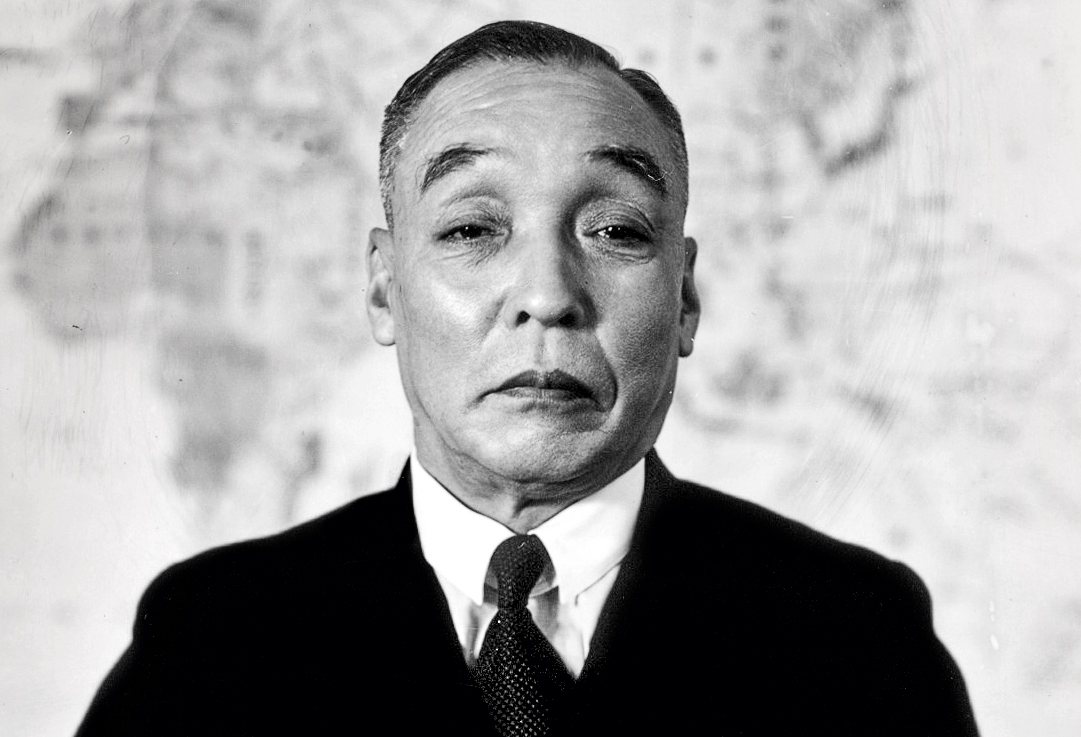
MAZDA HERITAGE
FROM ADVERSITY COMES STRENGTH

MAZDA HERITAGE
FROM ADVERSITY COMES STRENGTH
Discover how Mazda’s history is intrinsically linked with its hometown of Hiroshima, and the role the manufacturer played in rebuilding the city after World War II.
A unique steelmaking process called tatara was common there in ancient times, then in 1889 a military factory opened in Kure, just south-east of the city, which built ships for the Japanese navy. It was here that the future president of Mazda, Jujiro Matsuda, worked as an engineer at the age of 15. Born in a small fishing village close to Hiroshima, from an early age Matsuda had decided he was keen to try to bring wealth to the city. In 1920 he formed Toyo Cork Kogyo, a cork manufacturing business which would go on to make three-wheeled trucks and become what we now know as Mazda.
The defining moment in Hiroshima’s history, however, came on 6 August, 1945, when an atomic bomb was detonated over the city during World War II. The devastation was such that the consequences will never be forgotten: tens of thousands of people died instantly, and Hiroshima itself suffered unprecedented destruction. But through adversity comes strength, and in the weeks, months and years that followed, those who survived set about the daunting task of rebuilding their lives and the city they were still proud to call home. Matsuda was understandably keen to play his part as he felt a real sense of responsibility to his fellow citizens. By December that year he had restarted manufacturing three-wheeled trucks and had forged a plan to produce bicycles to aid with the reconstruction effort.
However, the bike proposal did not come to fruition as he decided to concentrate on manufacturing three-wheeled vehicles. As these were driven extensively in the rebuilding efforts, Matsuda grew increasingly inspired by the determination of the people using them. He realised he wanted to spend the rest of his days building vehicles that improved people’s lives. This desire was passed over to his son Tsuneji, who later led Mazda into the passenger car industry and went on to develop the rotary engine together with engineer and later president Kenichi Yamamoto. The remarkable spirit of the city of Hiroshima had won through to help define the essence of the car maker honoured to call it home.

Jujiro Matsuda was inspired by efforts to rebuild Hiroshima after WWII’s devastation

